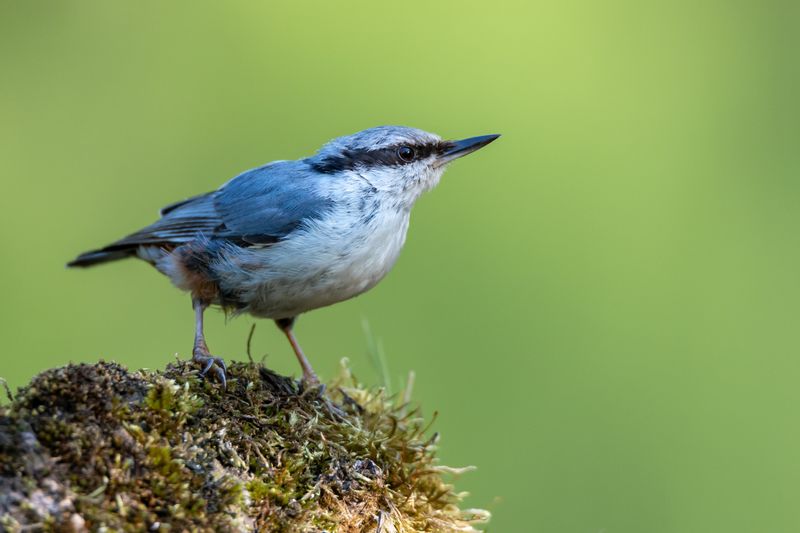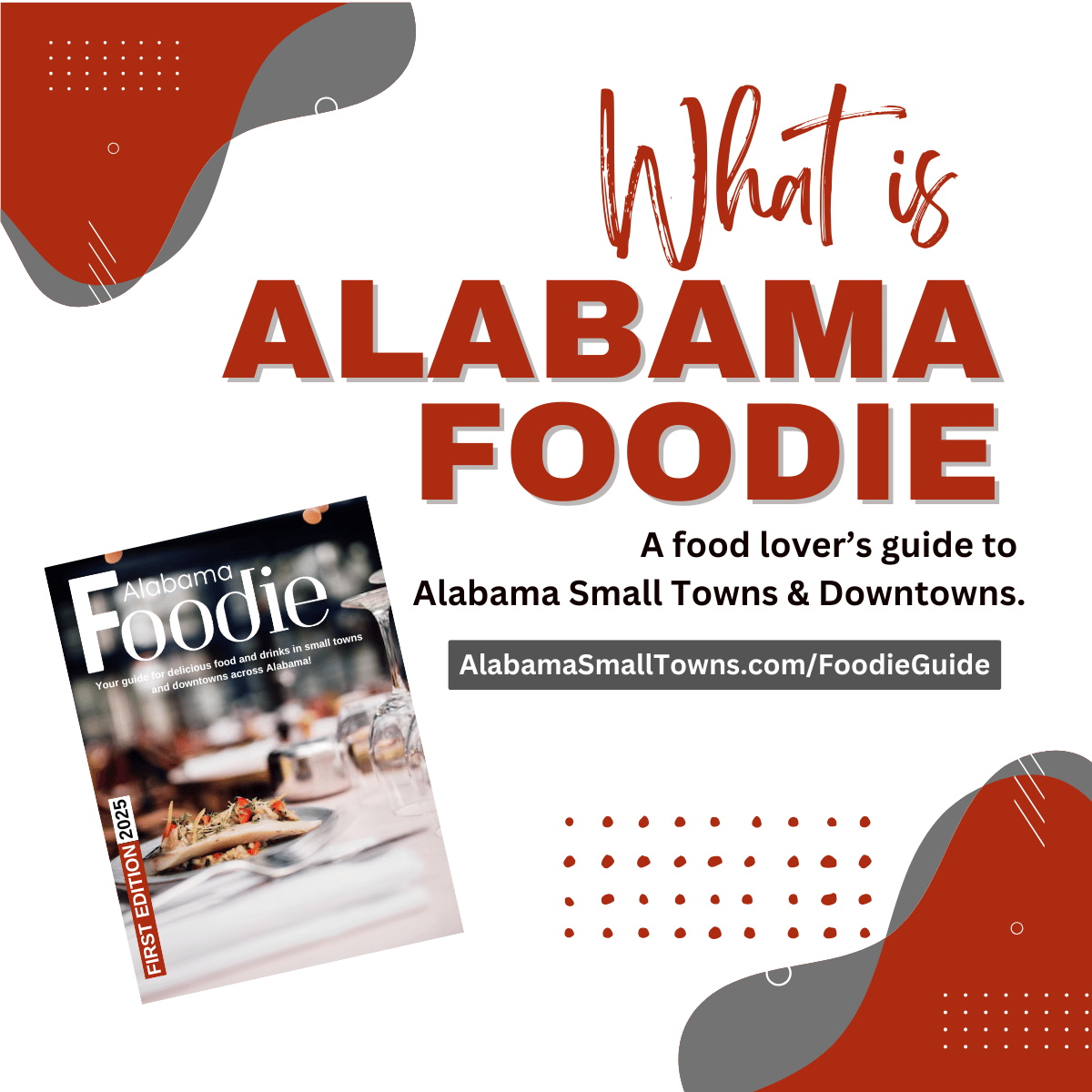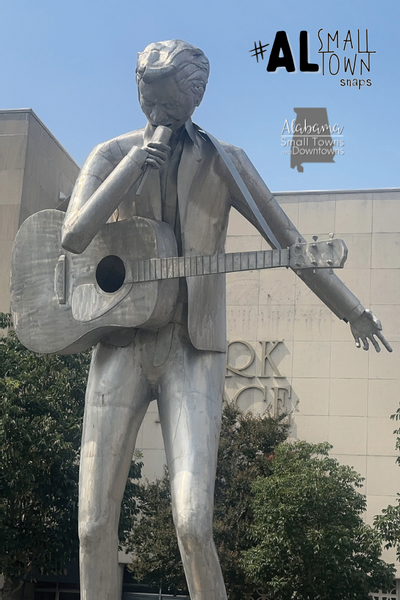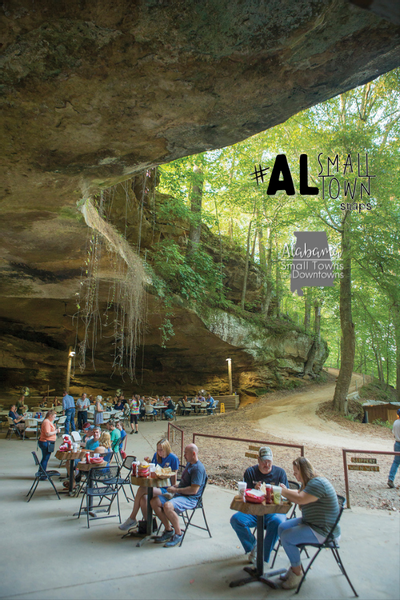Winter Birds Flock to Alabama

Birding in Alabama has always been an all time favorite for many people. Surprisingly, more birds can be found in Alabama during the winter months (December, January, and February) than during the summer. Temperatures are typically quite mild in these parts, except for the few cold fronts that do decide to pass through. Birds like juncos, blackbirds, sparrows, warblers, and the yellow-bellied sapsucker migrate from the northern regions to escape the cold.
If you are looking for a close encounter, look no further than Wheeler National Wildlife Refuge located in North Alabama. They have a neat enclosed viewing area right on a pond, perfect for all you duck lovers out there. It's not uncommon to see over 10 species at one time. As you walk towards the duck enclosure, be on the lookout for other flying friends! Hermit thrush, Chickadees, and Titmice can be found flying around the tree tops. Keep your eyes(and ears) open for the downy and red-bellied woodpeckers, you may even get to see a Yellow-bellied sapsucker!
Northern-breeding birds like Vesper, Savannah and Song Sparrows start to arrive mid-fall. These ground-dwelling birds inhabit grassy fields and fencerows. In the wet areas you can find Swamp Sparrows, while white-throated sparrows look for more dense undergrowth and backyard feeders that have proper cover. Dark-eyed juncos will usually return to the same general area winter after winter and gather in small flocks.
Want to see hummingbirds? The Coastal Region is a winter haven for them! It's not always guaranteed, but you COULD see six or seven hummingbird species in a day or two. Crazy right? Studies have shown that a small presence of hummingbirds that winter east of the Mississippi River. Banders in these Coastal areas have successfully banded 11 hummingbird species, including the ruby-throated.
Orange-crowned, palm, and yellow-rumped (myrtle) warblers, and common yellowthroat all come to Alabama for the winter. The Yellow-rumped are mostly confined to the gulf coast and the extreme southern part of the Coastal Plain. All can be seen during the winter at Eufaula National Wildlife Refuge.
If you are driving by any source of water, be on the look out for Belted Kingfishers and Great Blue Herons. They are common in all seasons, but more congregate in Alabama in the winter to escape harsh northern winters. Kingfishers are commonly seen on wires that go over the water while herons are down in the shallows.
From late winter to early spring, be sure to keep an eye out at dusk and on moonlit nights. You might be lucky enough to witness the stunning mating displays of a male American Woodcock. The best time is when the the moon is casting a shadow towards you, with the bird in between you and the moon. Woodcocks like sedge fields with wooded edges.
Birdwatching isn't limited to the warmer months; even in the chillier seasons, you never know what you may see.
Info from: Bird's Watcher's Digest









